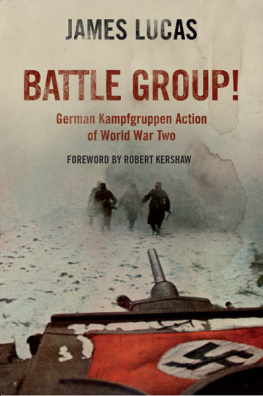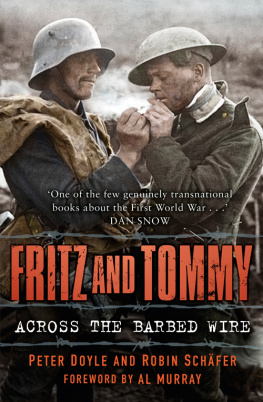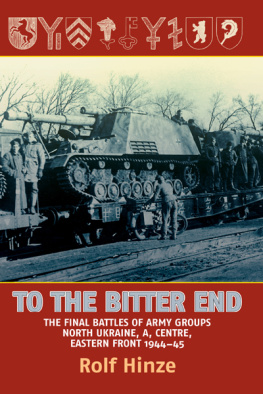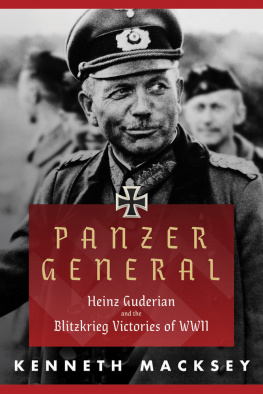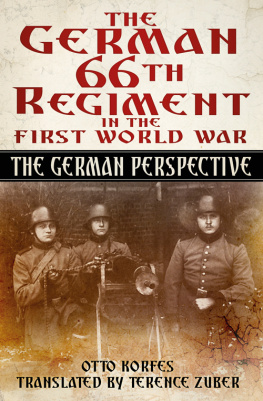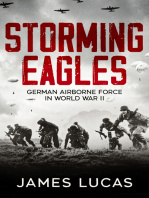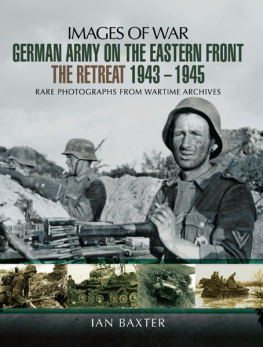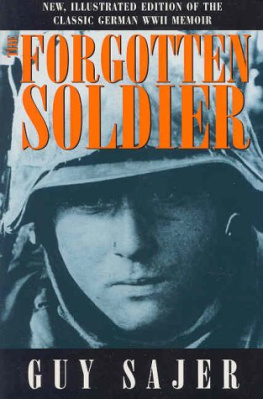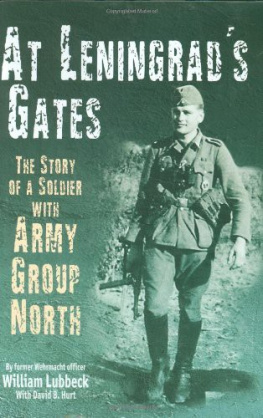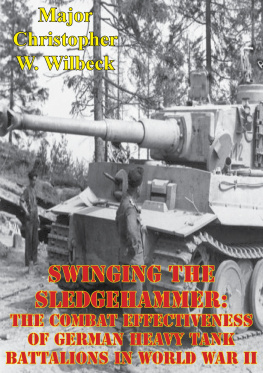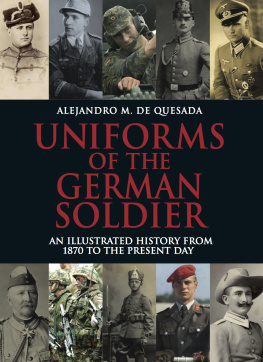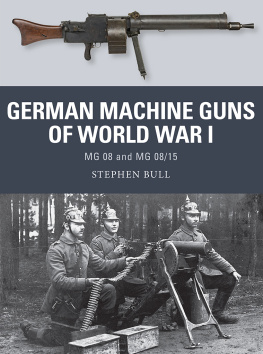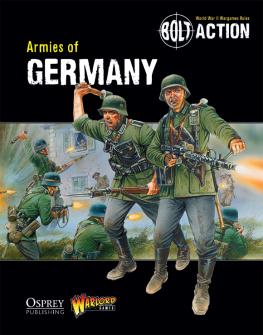Battle Group!
German Kampfgruppen Action of World War Two
This paperback edition published in 2014 by Frontline Books

an imprint of Pen & Sword Books Ltd,
47 Church Street, Barnsley, S. Yorkshire, S70 2AS
www.frontline-books.com
Copyright James Lucas, 1993
Foreword Robert Kershaw, 2014
The right of James Lucas to be identified as the author of this work has been asserted
by him in accordance with the Copyright, Designs and Patents Act 1988.
PAPERBACK ISBN: 978-1-84832-738-2
PDF ISBN: 978-1-47383-668-6
EPUB ISBN: 978-1-47383-492-7
PRC ISBN: 978-1-47383-580-1
Publishing History
First published by Arms and Armour Press, London, 1993.
All rights reserved. No part of this publication may be reproduced, stored in or introduced
into a retrieval system, or transmitted, in any form, or by any means (electronic, mechanical,
photocopying, recording or otherwise) without the prior written permission of the publisher.
Any person who does any unauthorized act in relation to this publication
may be liable to criminal prosecution and civil claims for damages.
CIP data records for this title are available from the British Library
For more information on our books, please visit
or write to us at the above address.
Printed and bound by CPI Group (UK) Ltd, Croydon, CR0 4YY
CONTENTS
by Robert Kershaw
Acknowledgements
I t is with very grateful thanks that I acknowledge the help of friends and institutions in the research, writing and production of this book. I wish to express my gratitude for the expert advice and assistance given to me by the officers of the Imperial War Museums Department of Printed Books and to Julie Robertshaw in particular; the Department of Documents, and in particular Philip Reed. Marion Harding of the National Army Museum also afforded me great help; so, too, did the officials of the Militaer Archiv in Freiburg, Germany; the National Archive in Washington, USA; and the ex-Service associations of the divisions and regiments whose exploits form the text of this book.
At a personal level, thanks go also to former soldiers of the German Armed Forces who supplied me with information on, or accounts of, their active service experiences, as well as to those who carried out research on my behalf or who supplied the background details which are essential to a book of this nature. Of those many men there are four comrades whose help I particularly acknowledge: Adi Strauch, Hans Teske, Jupp Klein and Mark Yerger.
To the editorial staff of Arms and Armour Press and the layout team at DAG Publications, as well as to my agents for the active support and advice they have always given, I am particularly indebted. It is, however, to my dear wife, Traude, that the warmest expression of my thanks goes in gratitude for her unfailing love and encouragement.
James Lucas, London, 1993
FOREWORD
J ames Lucas is a prolific and internationally recognized author of many books on the German Army during the Second World War. Battle Group! released in 1993, is typical of his penchant to portray the human level of German wartime experience at small-unit level in operations ranging from north-west Europe, through the desert to the Russian steppes. His own wartime experience as a British infantryman, captured briefly by a German Fallschirmjger (paratrooper) unit in Tunisia, uniquely qualifies him to identify closely with his subject material. Close contact with German ex-servicemen after the war matched with his job at the Imperial War Museum opened many avenues for original areas of research. This book on German Kampfgruppen or battle-group actions from Poland in 1939 to the collapse of the Reich in 1945 was one of the earliest histories to narrate operations from the German perspective at this particular level.
The successful Panzer General Heinz Guderian recalled assimilating books and articles by British military thinkers such as Fuller, Liddell-Hart and Martel on tank warfare during the early development of the panzer arm during the 1930s. Deeply impressed by these ideas, he wrote, I tried to develop them in a sense practical for our own army. Guderian learned from, rather than adapted the new theories because limitations applied by the post-First World War Treaty of Versailles obliged him to think outside the box. Germany was precluded from aping Allied tank development paths. Guderian instinctively developed a feel for an optimum mix of tanks and other arms to form mixed battle groups called Kampfgruppen. Tanks he realized could only achieve their maximum potential if they could move cross-country with the other weapon arms, upon which they were traditionally reliant, such as infantry, artillery and engineers. They needed to be brought together as the same denominator he advocated. Major Walther Nehring, an assistant during these formative years explained the tanks in this group of combined weapons plays the first violin, the others must follow the tune.
Lucas appropriately writes about Reinhardts practical application of the practice of forming and fighting such battle groups in the Polish campaign in the autumn of 1939. The concept was just as applicable, he demonstrates, to innovative battle groups formed around mixed lorry-borne infantry supported by other mobile arms. Interestingly Guderians XIX Motorized Corps serving with Army Group North during the Polish campaign handled both its two panzer and light lorried infantry divisions as a single entity. Army Group South split its armour among the various armies and corps. The practice at this stage was still not universally accepted by Das Heer, the German Army, overall.
By 1938 combined arms panzer training was being conducted on German training areas alongside the Luftwaffe with motorized participation from other arms. The genesis of the combined arms battle group was in being before the outbreak of war. The human tank crew experience was provided by the Spanish Civil War between 1936-9. Logistic lessons and large-scale vehicle deployments were learned and practiced during the Austrian Anschluss of 1937 and the occupation of the Czechoslovakian Sudetenland in 1938.
Lucas illustrates the 1940 German Blitzkrieg across France in 1940 describing Rommels remarkable 7th Panzer Division thrust to the coast. Yet in 1940 the German Army was still primarily horse-drawn, only 16 of 157 divisions were fully motorized. The speedy 10% formed armoured battle-group vanguards while the slower 90% mass of walking infantry divisions and horse-drawn corps artillery followed behind. Even so, these vanguard divisions created the biggest traffic jam in European history with columns stretching 250 kilometres from the German Rhine to the French Meuse, the break-in point. Success in Poland and for Rommel at Dinant was a consequence of extremely effective and unprecedentedly intense Luftwaffe close ground-air support. The battle-group mix of armoured vehicles moving in concert with mobile 88mm flak guns, enabled Rommel to beat off an unexpected British tank attack at Arras. Matilda tanks were impervious to panzer tank guns but fell easy prey to towed high velocity 88mm flak guns. Guderians theories had advanced far beyond the tank-heavy tactics advocated by the British on Salisbury Plain in the 1920s and 30s.
Lucass inclusion of the 1941 Fallschirmjger assault on Crete further illustrated the inherent flexibility of the Kampfgruppe mode of operations. Heavy losses can be overcome if unit remnants are quickly reformed and re-organized into cohesive fighting groups with different arms able to support each other. This also requires experienced and inspirational leadership. It became established practice to rename major units, divisions or regiments decimated by heavy casualties as Kampfgruppe. These would often be identified by its leader, such as the Kampfgruppe Schirmer or Kroh. The delineation was immediately recognized on any staff situation map and was an aid for planning staffs to quickly appraise and restore a chaotic development.
Next page
